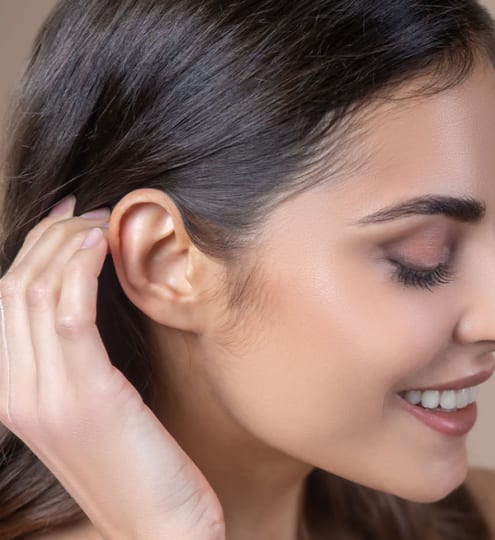Condition — face
Uneven Ears
Uneven ears refers to the physical differences in the appearance of both of the ears together, whether they vary in size, shape or protrusion. Genetics, or malformation will often determine the individual look of the ears, whereas any changes can usually be attributed to injury, trauma or certain medical conditions.
Asymmetrical Ears
If many of us look closely at our features, we will find that our faces and bodies are not perfectly symmetrical. These differences in our form and with the features, from one side of the body to the other are often so slight that they are barely seen. However, if a difference is one that is particularly noticeable, then it can lead to feelings that affect self-confidence.
What constitutes uneven ears?
When referring to uneven ears, it describes one ear being significantly different in appearance to the other ear: the position of one ear may sit lower than on the other side, one ear may have a more rounded shape than the other, one ear may appear pointed, one ear may stick out from the head more than the other or one ear is generally bigger (or smaller) in its overall size than the other. There are many reasons why one ear can be bigger than another, but it’s principally genetic.
Treatment for Uneven ears
By undergoing a treatment to improve the look of uneven ears, you would aim to create a more balanced and symmetrical look to this feature (although it is important to note that perfect symmetry is virtually impossible). Reshape & Restore can perform ear corrective surgery, using an otoplasty to reshape one or both ears or a pinnaplasty to ‘pin back’ one or both ears. As well as helping to balance the appearance of the ears, undergoing a corrective procedure can help to boost self-confidence.
Book a consultaion to address your concerns about uneven ears






